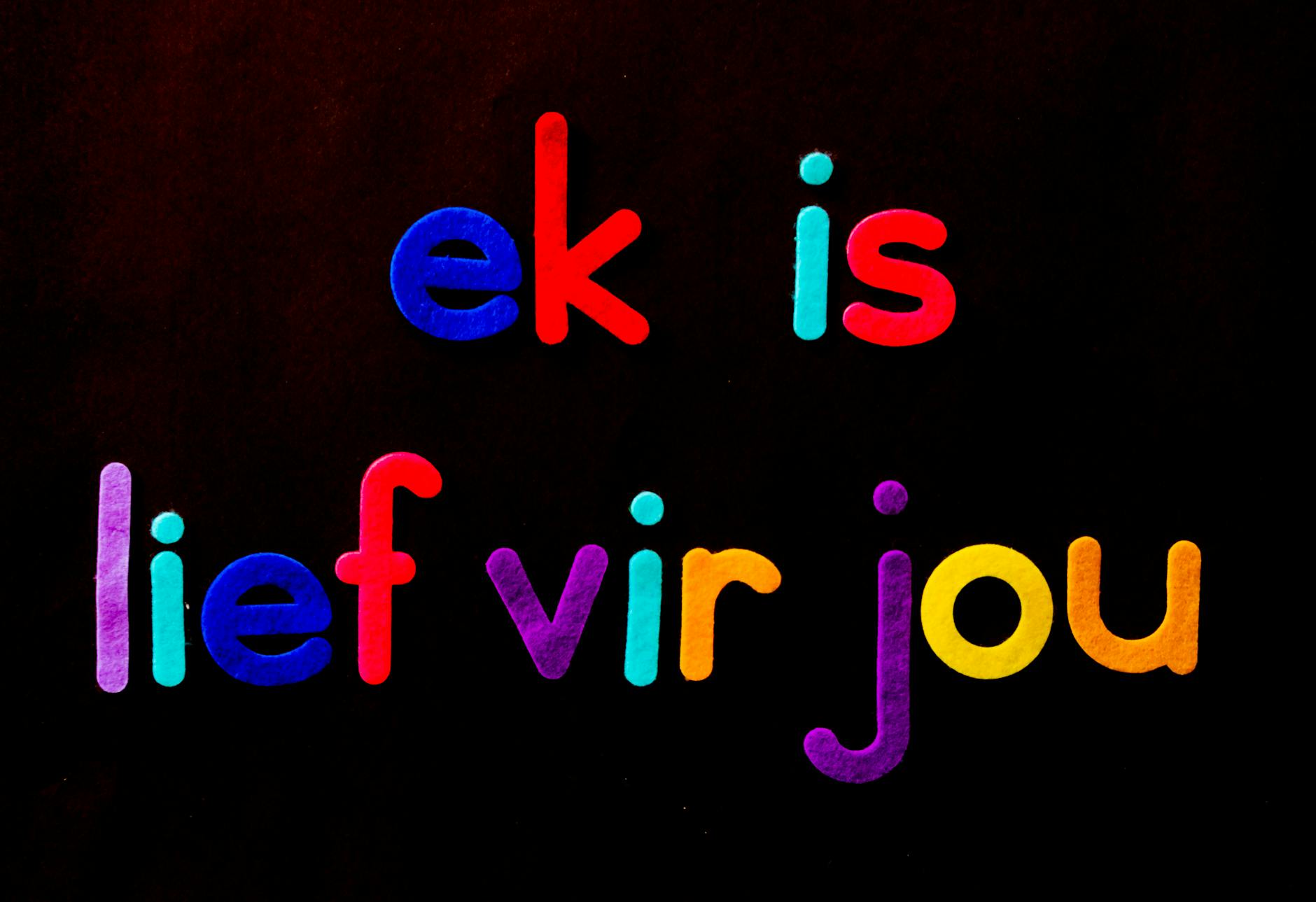Are Team Building Strategies in the United States Ready for the Future?

Evaluating Current Team Building
Traditional Methods and Their Limitations
In reflecting on traditional team-building practices, it's clear that while they have a rich history, they are not without limitations. Activities like trust falls or company picnics often fail to effectively integrate diverse teams across multiple shifts and locations. For example, in a large logistics firm like Marcus's, where efficient operations across various sites are crucial, many conventional activities can't bridge the logistical divide. Traditional exercises may be less effective in fostering communication skills vital for operational success. This is one reason why Marcus explored innovative options such as the ladder of inference team building activities. This approach encourages team members to articulate their reasoning processes, ensuring transparency and better decision-making.
Impact on Operational Efficiency
Operational efficiency can significantly benefit from strategically chosen team-building activities. Marcus, with his eye for efficiency, has noticed that traditional practices sometimes lack the practical application necessary for real-world challenges. Incorporating an outdoor team building activity, like those hosted in Discovery Park in Seattle, allows participants to engage with each other in new, dynamic ways, fostering collaboration that directly impacts workplace productivity. These activities can disrupt established hierarchies and promote lateral thinking, crucial for decision-making.
Inclusivity Across Shifts and Locations
Promoting inclusivity across various shifts and locations is crucial for departments like Marcus’s. Traditional activities may not serve the purpose well. Instead, integrating scenarios that are relevant and accessible, such as the "plane crash scenario team building activity", enhances participation. This activity, for example, levels the playing field by allowing team members from all locations to contribute equally, regardless of role or shift timing, ensuring that everyone’s voice is heard and valued.
Adopting Innovative Approaches
Technology-Driven Solutions
In today’s ever-evolving work environment, technology plays a pivotal role in transforming team building. My insights from HR seminars at the University of Washington have shown that integrating technology-based solutions like virtual reality or interactive platforms can significantly enhance team dynamics. Customizing these tools around fun activities for team while working from home offers flexibility and inclusivity, enabling colleagues to connect irrespective of location.
Virtual Team Building Tools
Virtual platforms have become essential in fostering team collaboration. Implementing insights discovery team building activities can bridge the gap created by physical distance. Tools such as video conferencing software and collaborative workspaces allow team members to engage in meaningful interactions. These virtual activities can also incorporate engaging elements that make remote teamwork feel as dynamic and energizing as in-person sessions.
Integrating Gamification
Gamification is an innovative strategy that adds a layer of excitement to activities team building. Introducing competitive elements like leaderboards or virtual escape rooms can motivate employees to participate actively. These activities not only boost engagement but also improve problem-solving and communication skills. Gamification encourages a fun, competitive spirit that helps foster a cohesive and efficient team.
Incorporating these approaches ensures your team stays connected and motivated. By utilizing technology-driven solutions, virtual tools, and gamification, you can nurture a productive work environment that thrives on collaboration.
Enhancing Communication Tactics
Effective Digital Platforms
As a leader aiming to enhance your team's communication, it's crucial to harness effective digital platforms. Leveraging tools like Slack or Microsoft Teams can streamline discussions, reducing email overload and facilitating real-time interactions. These platforms offer a convenient way to share documents and set up video calls, making them essential for team activities across various locations. Streamlined communication helps in aligning remote and onsite employees seamlessly.
Feedback Mechanisms
Implementing robust feedback mechanisms is vital for cultivating a transparent and open work environment. Regular check-ins and feedback sessions provide avenues for employees to express concerns, especially those that may not surface in day-to-day operations. Conducting anonymous surveys can yield critical insights, allowing leaders to act swiftly on issues of miscommunication or process inefficiencies.
Overcoming Miscommunication
Miscommunication can be a silent disruptor of operational harmony, affecting productivity across all departments. To combat this, consider structured coaching and training sessions to boost clarity and mutual understanding. For a fun activity for team building, organize a workshop at a scenic location like Discovery Park. Such activities encourage participants to practice effective communication strategies, fostering team cohesion outside of a typical office setting. Empowering your team with these tools ensures a smooth flow of information, leading to a more unified and efficient workforce.
Sustaining Team Cohesion
Regular Engagement Practices
For those of us highly dedicated to maintaining strong team synergy, incorporating regular engagement practices is essential. Virtual platforms like Zoom can host exciting team activities for zoom that keep your team dynamically connected. Opt for activities that create meaningful interaction, such as virtual coffee breaks or themed dress-up days. These practices are especially useful for teams that are dispersed across different locations, offering an opportunity to foster camaraderie despite physical distances.
Periodic Skill Workshops
Skill development doesn't have to be an isolated or inefficient endeavor. Organizing periodic skill workshops not only builds individual capabilities but also establishes a culture of continuous improvement within the team. Consider hosting these workshops on various online platforms to accommodate busy schedules. The interactive sessions should target both hard skills like software proficiency and soft skills such as active listening and effective communication, making them relevant for everyone involved.
Role of Leadership Initiatives
Leadership plays a pivotal role in sustaining team cohesion. Initiating activities to do with team virtually that highlight leadership values and collaboration can set a precedent for team dynamics. This could include leading virtual brainstorming sessions or facilitating online mentorship programs to strengthen team bonds. Leadership initiatives must be regular and structured, yet flexible enough to adapt to the team's evolving needs. These activities underscore the shared vision and goals, motivating team members to stay engaged and committed to collective success.
Optimizing Future Practices
Ongoing Professional Development
The future of team-building strategies lies in fostering environments where continuous learning is the norm. Adopting continuous training programs not only keeps teams updated with the latest skills but also enhances their adaptability in an ever-changing healthcare landscape. Think about the HR seminars at the University of Washington, where diverse topics are covered, providing a blueprint for organizations aiming to keep their workforce fluent in emerging trends. By prioritizing employee wellness workshops, healthcare leaders can ensure their staff remain engaged and informed.
Tailored Team Activities
Personalization is key when it comes to sustaining engagement. Customizable activities allow team members to participate in experiences that resonate with them, promoting a sense of belonging and commitment. Consider integrating lunchtime sessions near Pike Place Market, where departments can gather to discuss unique challenges and strategies in a relaxed setting. By leveraging local cultural elements, activities can be tailored to reflect both organizational goals and personal interests, fostering a deeper connection among team members.
Evaluating Team Success
To truly understand the impact of these initiatives, it's crucial to implement tools for measuring team-building effectiveness. This includes setting performance metrics that align with organizational objectives and regularly analyzing feedback to fine-tune strategies. Imagine walking along the scenic paths of Discovery Park, contemplating how to best interpret data from these assessments. Access to biking trails and outdoor workshops can translate into strategic off-site meetings that further discuss improvement areas. Embracing these practices will not only enhance team cohesion but also empower healthcare professionals to drive meaningful change within their organizations.


